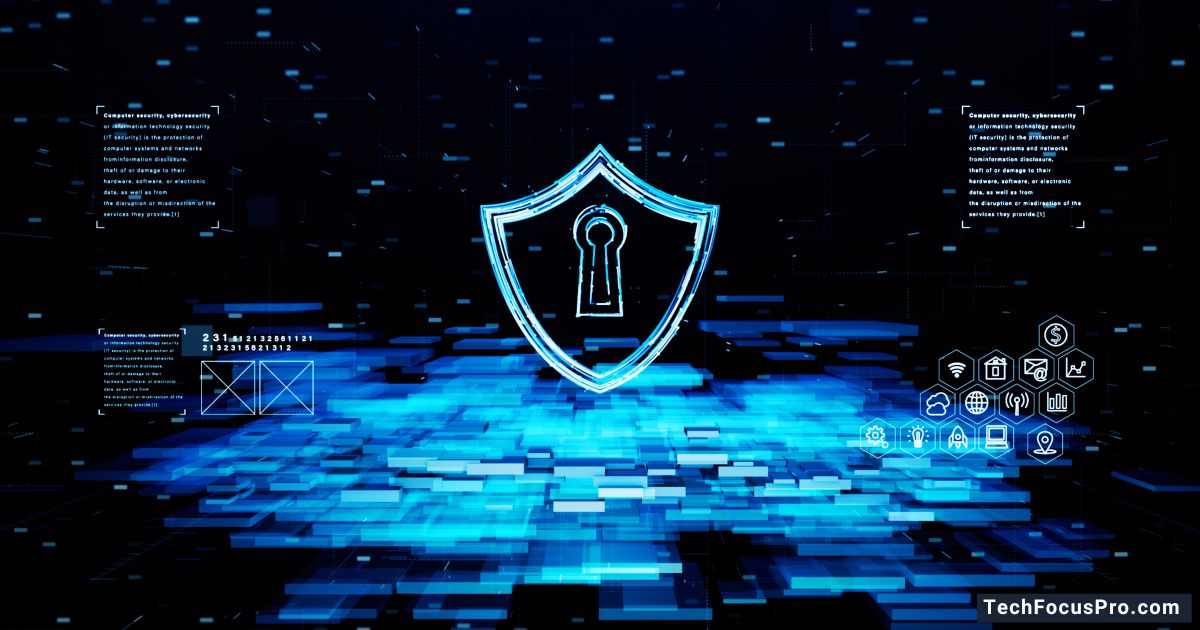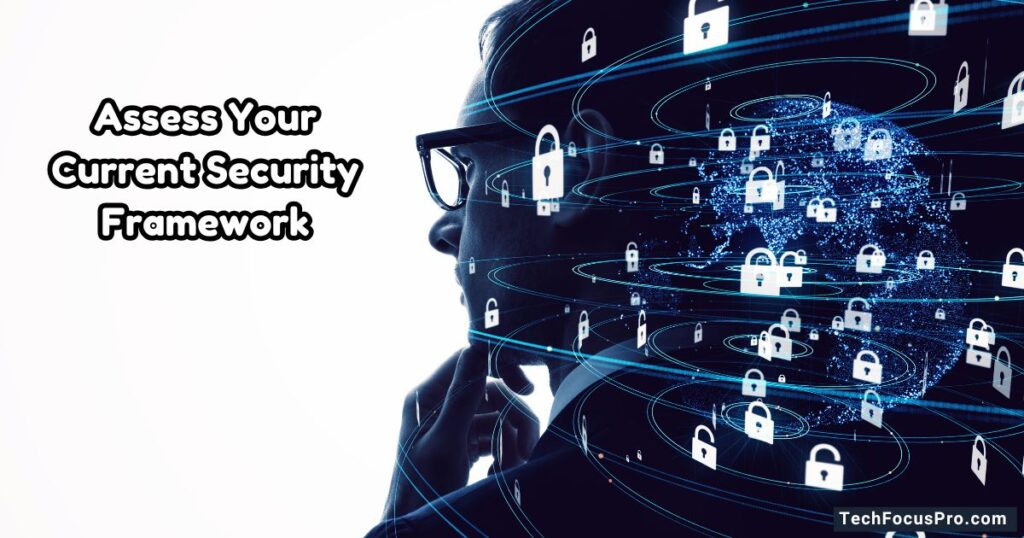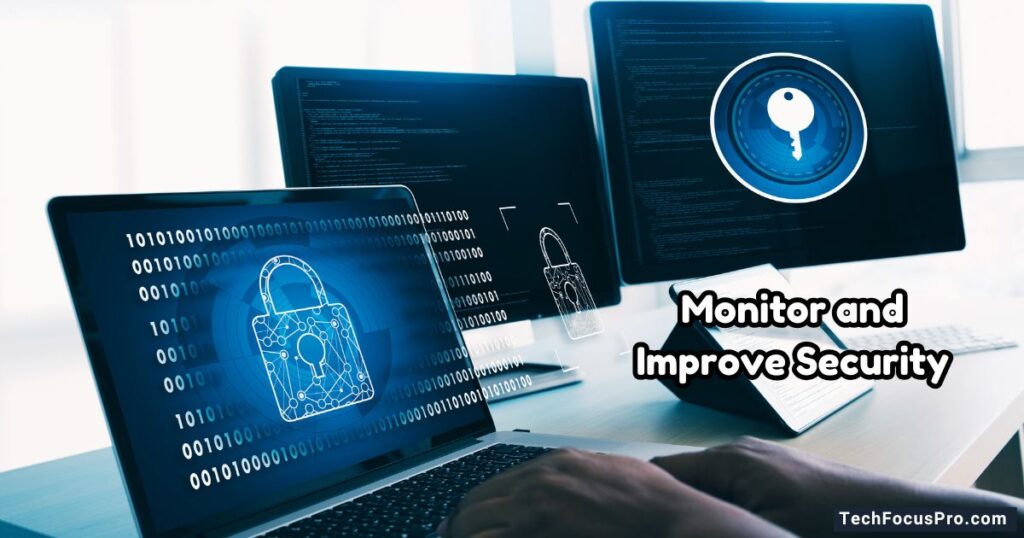Essential Steps for Meeting Regulatory Security Requirements and Incident Reporting

In an era of escalating cyber threats, organizations must ensure compliance with regulatory security requirements to protect sensitive data and maintain operational stability.
With the introduction of new regulations, such as the Security Act, businesses are now required to enhance their cyber-security measures and establish robust incident reporting frameworks.
This article will guide you through the essential steps to achieve compliance and effectively manage cyber incidents, ensuring resilience in an increasingly complex digital environment.
Understanding Regulatory Compliance in Cybersecurity
Regulatory security requirements are designed to protect businesses, consumers, and governments from the growing risks of cyberattacks.
Compliance frameworks, such as the Security Act, mandate that organizations implement cybersecurity measures to safeguard critical infrastructure and digital assets.
Adherence to these regulations is a top priority because non-compliance can result in severe penalties, reputational damage, and operational disruptions.
One of the most critical compliance requirements in the financial sector is adhering to the DORA compliance checklist at cyberupgrade.net. This framework ensures financial entities strengthen their cybersecurity resilience and implement comprehensive incident reporting mechanisms.
By following these guidelines, organizations can effectively prevent, detect, and mitigate cyber risks, maintaining regulatory compliance and protecting consumer trust.
Read:- Is Cybersecurity Boring or Fun?
Assess Your Current Security Framework

The first step toward compliance is conducting a thorough security assessment to identify vulnerabilities and gaps in your current framework. This includes:
- Review existing security policies and protocols to ensure they align with updated regulations.
- Identifying critical assets and potential threats that could impact business operations.
- Evaluating access control mechanisms and ensuring compliance with best practices.
- Testing incident response procedures ensures an efficient and structured response to cyber threats.
- Conducting third-party audits or vulnerability assessments to uncover hidden security risks.
Performing this assessment allows organizations to tailor their security strategies in alignment with the DORA compliance checklist at cyberupgrade.net and other regulatory requirements, ultimately strengthening their overall cybersecurity posture.
Implement Strong Access Controls and Authentication Measures
Unauthorized access remains one of the leading causes of cyber incidents. Strengthening access control mechanisms ensures that only authorized personnel can access sensitive information. Essential measures include:
- Multi-factor authentication (MFA) provides an additional layer of security beyond passwords.
- Role-based access control (RBAC) to restrict system access to authorized individuals based on their job roles.
- Continuous monitoring of login activities and system access logs to detect unusual behaviour.
- Secure password management policies, including regular updates and vigorous password enforcement.
- Implementing biometric authentication where possible to enhance security without compromising usability.
Implementing these measures ensures regulatory compliance and reduces the risk of unauthorized access and data breaches, helping organizations meet evolving security demands.
Read:- What are the Cybersecurity Pros and Cons?
Develop a Comprehensive Cyber Incident Report Plan

Incident reporting is a crucial component of cybersecurity compliance. Organizations must establish a well-defined cyber incident report plan to ensure timely detection, response, and mitigation of cyber threats. The plan should include:
- Explicit criteria for identifying security incidents, ensuring a structured approach to reporting.
- Defined roles and responsibilities for incident response teams to avoid delays in mitigating threats.
- A step-by-step reporting process in compliance with the Security Act, aligning with regulatory expectations.
- Communication protocols with regulatory bodies, law enforcement, and stakeholders to ensure transparency.
- Procedures for documenting security incidents and lessons learned to prevent future occurrences.
Following structured incident reporting procedures helps organizations respond efficiently and mitigate the impact of cyberattacks, improving overall cybersecurity resilience.
Read More:- Protecting Your Organization from Active Directory Attacks
Conduct Regular Security Training and Awareness Programs
Cybersecurity is a shared responsibility that requires awareness at all organizational levels. Regular training programs help employees understand security best practices and recognize potential threats. Training should cover:
- Phishing attack awareness and how to identify suspicious emails and links.
- Secure data handling practices to protect sensitive business and customer information.
- Incident response protocols to ensure employees know how to react during a cyberattack.
- Regulatory compliance requirements and how they impact day-to-day operations.
- Best practices for using company devices securely, including mobile security and remote work guidelines.
A well-informed workforce significantly reduces the likelihood of human-related security breaches and strengthens overall organizational security.
Continuously Monitor and Improve Security Measures

Cyber threats are constantly evolving, so organisations must adopt a proactive security approach. Continuous monitoring and improvement strategies include:
- Implementing real-time threat detection systems to identify and neutralize cyber threats before they escalate.
- Regular security audits and compliance reviews to ensure adherence to regulations and best practices.
- Updating security policies based on emerging threats, ensuring policies remain relevant and practical.
- Adopting cyber-security frameworks like the DORA compliance checklist at cyberupgrade to maintain industry-leading security standards.
- Engaging in threat intelligence sharing with industry peers to stay ahead of emerging cyber risks.
By continuously refining security measures, businesses can stay ahead of cyber threats and maintain compliance with regulatory standards, reducing their overall risk exposure.
Ensuring Regulatory Compliance
Meeting regulatory security requirements and implementing effective incident reporting is critical for organizations that want to protect their digital assets and maintain trust.
By following these essential steps—assessing security frameworks, enforcing access controls, establishing a cyber incident report plan, providing security training, and continuously improving cybersecurity measures—, businesses can achieve compliance with regulations such as the Security Act and industry-specific frameworks like the DORA compliance checklist at cyber upgrade.
Ensuring regulatory compliance minimizes legal risks and enhances overall cybersecurity resilience.
Organizations prioritizing security and proactive incident response strategies will be better positioned to mitigate cyber threats and maintain operational continuity in an increasingly digital world.
By staying informed and continuously improving security frameworks, businesses can build long-term cybersecurity resilience, safeguard their reputation, and assure stakeholders that their data and systems remain protected against evolving threats.
FAQs
What are regulatory security requirements?
Regulatory security requirements are guidelines or rules established by governing bodies to ensure organizations maintain a certain level of security to protect sensitive information, systems, and processes.
These requirements vary across industries and regions but often include data protection standards, secure access controls, and incident response protocols.
Why is incident reporting important?
Incident reporting is critical because it ensures that security breaches, data leaks, or cyber threats are promptly identified and addressed. Timely reporting helps mitigate further risks, comply with legal obligations, and maintain stakeholder confidence.
What are the key steps to meet regulatory security requirements?
Key steps include performing regular risk assessments, implementing robust security measures (e.g., firewalls, encryption), conducting employee training, and staying updated on relevant regulations. Continuous monitoring and documentation are also essential to demonstrate compliance.
How should organizations prepare for incident reporting?
Organizations should establish a clear incident response plan that outlines roles, responsibilities, and reporting timelines. This plan should align with applicable regulatory requirements and include contact information for relevant authorities and stakeholders.
Are there penalties for failing to meet security requirements or report incidents?
Yes, many regulatory frameworks impose fines, sanctions, or other penalties for non-compliance. These consequences aim to ensure accountability and encourage organizations to prioritize security measures and proper incident management.
Conclusion
Maintaining compliance with regulatory security requirements is a critical responsibility for organizations in today’s digital landscape. By proactively implementing comprehensive security measures, conducting regular assessments, and preparing for potential incidents, organizations can not only meet their regulatory obligations but also protect their operations, reputation, and the trust of their stakeholders. Prioritizing security and compliance fosters resilience in the face of evolving threats. It reinforces accountability, ultimately benefiting the organisation and its broader community.






